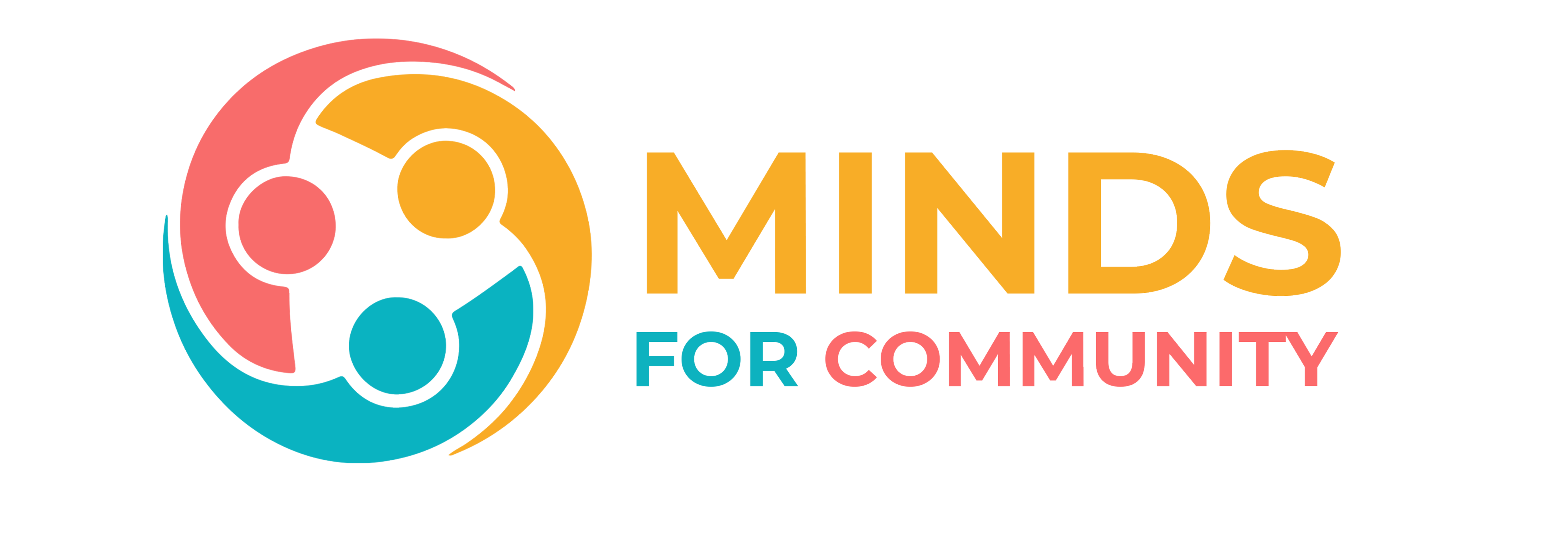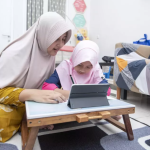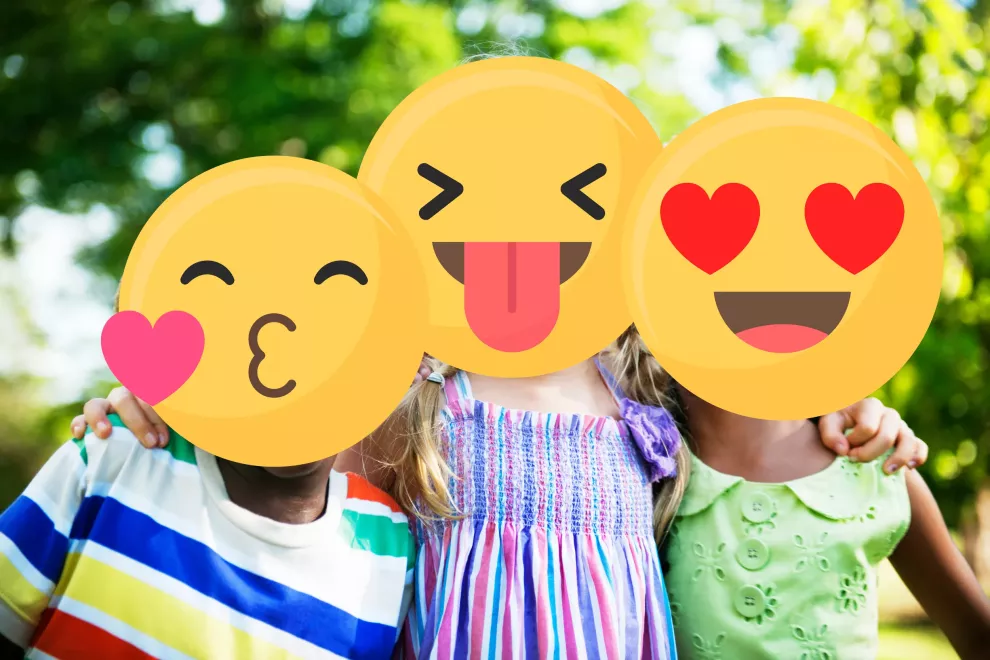Navigating parenthood in the digital age is no easy task. Social media, smartphones and other technologies are advancing at a rate that seems to grow faster than our children and it’s not always clear how to use them safely – even when you have the best of intentions.
Many parents and caregivers share photos of their children and teens because they want to include family and friends in the most joyful moments of their lives. However, it’s important to be aware of the risks that come with posting content about your children online, or “sharenting.”
We spoke to sharenting expert Stacey Steinberg, about how to protect your child’s privacy online, respect their views and teach valuable lessons about consent.
What is sharenting?
Stacey Steinberg: I define sharenting as what parents do when they talk about their children outside the family circle: A post on social media with a picture, a blog post about their child, a video through a messaging platform like WhatsApp, etc.
“When we share things about our children online without involving them in that decision making process, we’re missing out on a valuable opportunity to teach our children and model for our children the idea of consent.”
What’s important for parents and caregivers to know when thinking about sharing content about their children online?
There are two big things to think about when it comes to sharing content about our children.
The first is the actual tangible harm that kids can experience when parents share online. For example, there are adults who may want to interact with or harm someone’s children because of content they have seen online. In some countries, there are also data brokers who are creating digital dossiers on our children based on information that we share, maybe making predictions on what our kids will say or do or health issues that our kids might have in the future based on the information that we share.
Fake images are also very concerning – the threat of images of our children being repurposed in an illicit or malicious way that can cause harm or the possibility of someone creating a meme that could go viral and show our child in a negative light. Thankfully it seems that right now these things aren’t super common, but we don’t know what the future will hold or how that will change with advancements in technologies like artificial intelligence.
The second is that when we share things about our children online without involving them in that decision making process, we’re missing out on a valuable opportunity to teach our children and model for our children the idea of consent, and to show them that we value privacy.
When our children are at the age when they can use social media themselves, we hope that they will respect our privacy and not share pictures of us that we don’t want to share. We also want them to respect the privacy of their peers and to not post pictures of other children and adults without consent.
How do children feel about sharenting?
No matter how old we are, we all like to have autonomy. We all value our individual images, whether we’re four or five years old and we want to wear the pink dress and not the purple dress, or whether we’re 12 or 13 years old and we want to be seen holding grandma’s hand, or we don’t want to be seen holding grandma’s hand. These might seem like small things to adults, but for our children they really matter. When kids have feelings, they’re big feelings, and we need to leave space for them to express them. Young children can’t give informed consent about sharing. We have to consider how they might feel if we were able to have those deeper conversations with them and they could articulate their point.
Also, if we share too close in time to an event and we show our child the images or videos that we’ve captured, I do worry a little that it can almost have the effect of rewriting childhood. So we want to be really careful about when it is that we’re sharing. We want to stay off of our digital devices when we’re with our kids so that we can really be in the moment and not in the news feed, and we can allow our kids to cement the memories that they have that are separate from the images and videos we’ve captured on our devices.
How can parents protect their children’s privacy in a digital world?
What parents can do is avoid sharing overly personal information about their kids like embarrassing stories or embarrassing pictures, even if they may find them funny. It’s important to try to see your child’s perspective. Parents should also not share pictures of their children in any state of undress because unfortunately, there are bad actors who might use those pictures for bad purposes.
Parents can also talk to their children about what they are sharing and the process they go through to decide if something is appropriate to share. When we do a math problem, we don’t just want the calculator to give us the answer – we want to show our work. This is a great opportunity to show our work to our children as we think through how we share.
However, it’s important to note that parents can’t do this alone. A lot of this protection work needs to fall on our policy makers and the digital platforms to create safer spaces for families. It’s unfair to expect parents to understand how platforms and technology are working, especially with how fast they are changing.
How can parents go about asking others not to post pictures of their children?
Have honest conversations with your friends and extended family about your sharing preferences, but remember that sharing information about children on social media is a relatively new occurrence and not everyone has given the issue equal attention. Approach these talks with the assumption that more communication, not less, will help you have your wishes honoured by others in your children’s lives.
For schools and other organizations, you can ask if a social media sharing policy exists. If one doesn’t, parents can offer to help create one, recognizing that other parents in the organization or school may also want to have control over the flow of their children’s image and information.
How can parents and caregivers safely share photos and videos of their children?
Sharing can never be 100 per cent safe. It’s always going to be a matter of balancing the risks and what parents perceive as the benefits.
For families who do plan to share about their children online, it’s important to consider the audience they are sharing with (what are your privacy settings on your social media profiles, how well do you know the people you have added as friends or followers, etc.), how much information they are sharing [such as locations and identifiable features like school logos] and whether or not that information could be embarrassing or harmful to their children now or down the road.
We get wrapped up in our children being part of our identities, but ultimately our kids are their own individuals with feelings. Sharing about ourselves is one thing, but it’s something else when we share about others in our homes.
“Our kids are the first generation to grow up shared. We are the first generation of parents to raise kids alongside social media, and that’s difficult.”
What can you do if you have already posted a lot about your children and are having second thoughts?
Take a deep breath! Most parents don’t overshare because they’re trying to be malicious. Often, when parents overshare, they don’t appreciate the importance of their child’s digital footprint.
If a parent is rethinking how they share and how much they share, a good first step is to start looking at what was shared in the past and perhaps deleting what they can. [On some platforms, you can request to have an image removed if you are unable to do so yourself.]
Parents can also start bringing children from around 9-10 years into the process of going through social media feeds and deleting things that are no longer relevant to them. And commit to doing that regularly every few months: going through, look at what you’ve shared and maybe deleting old information.
I think that children appreciate us including them in trying to navigate this. It’s not easy. Our kids are the first generation to grow up shared. We are the first generation of parents to raise kids alongside social media, and that’s difficult.






